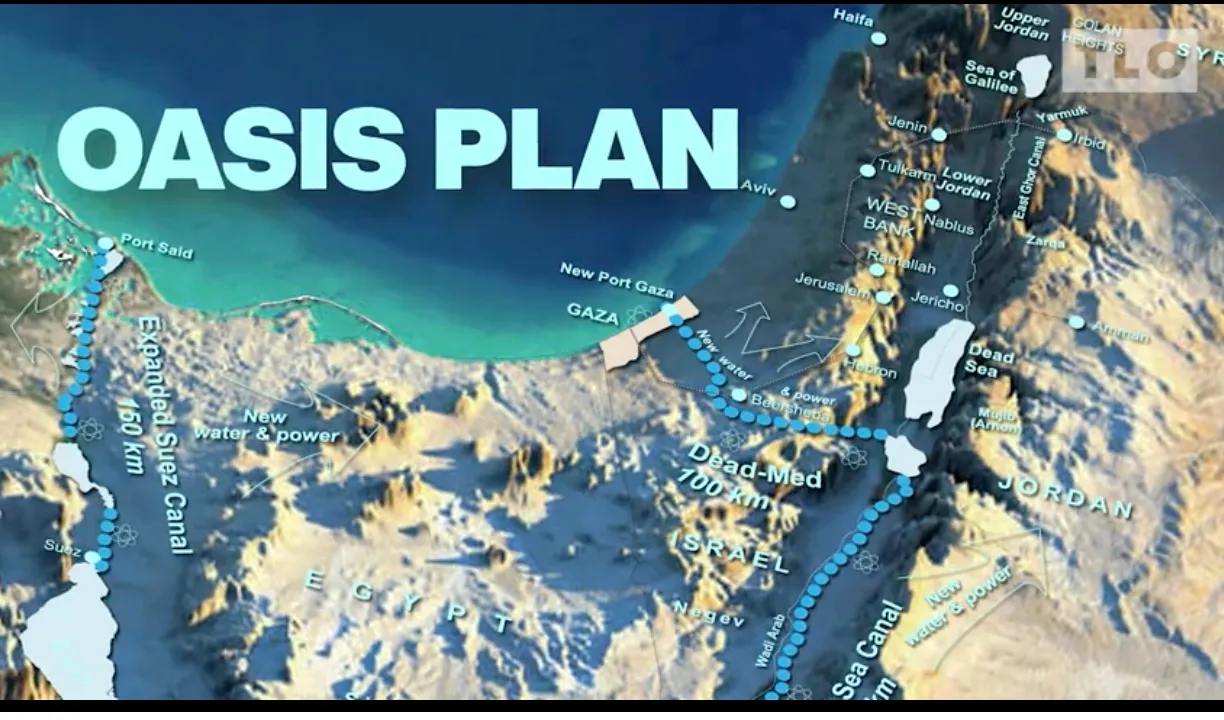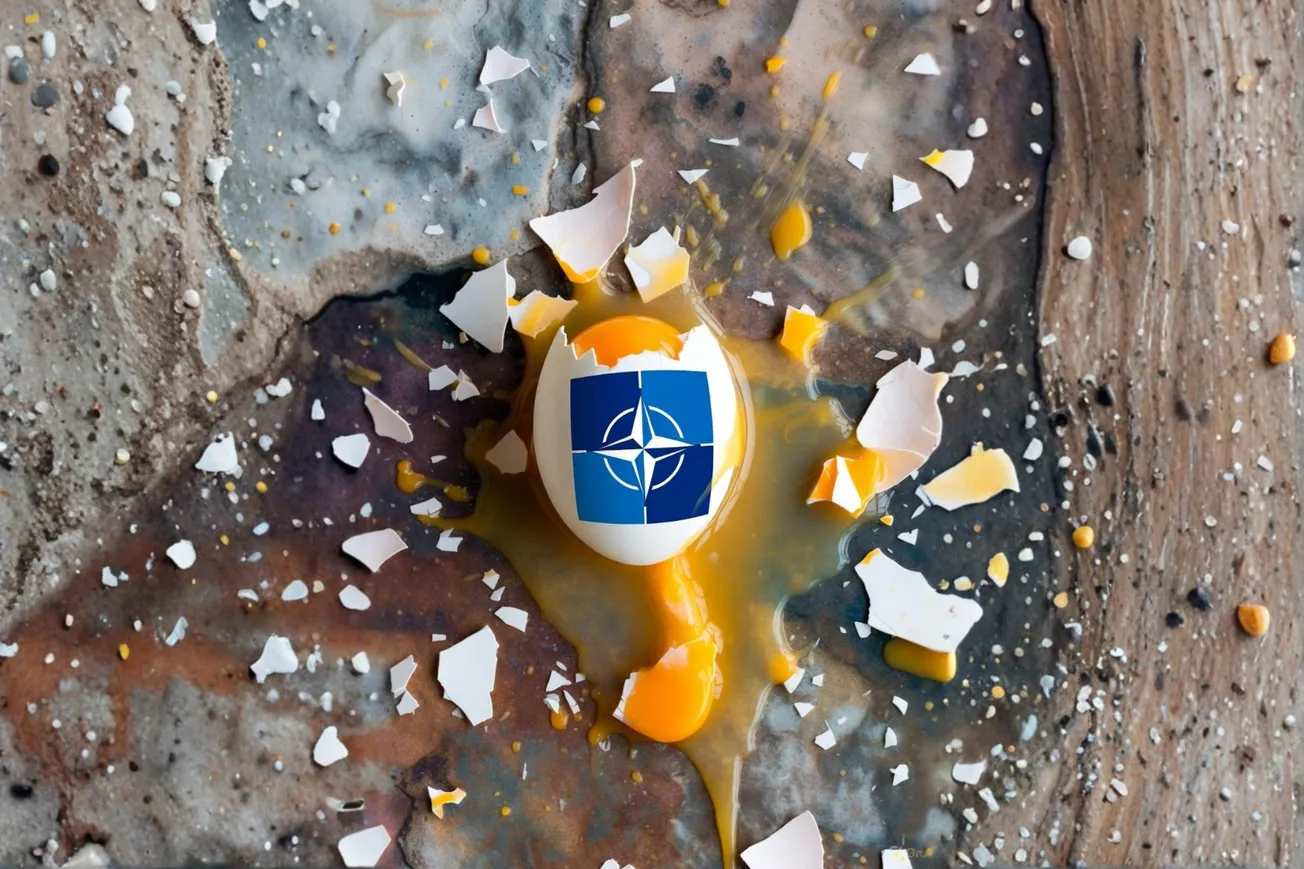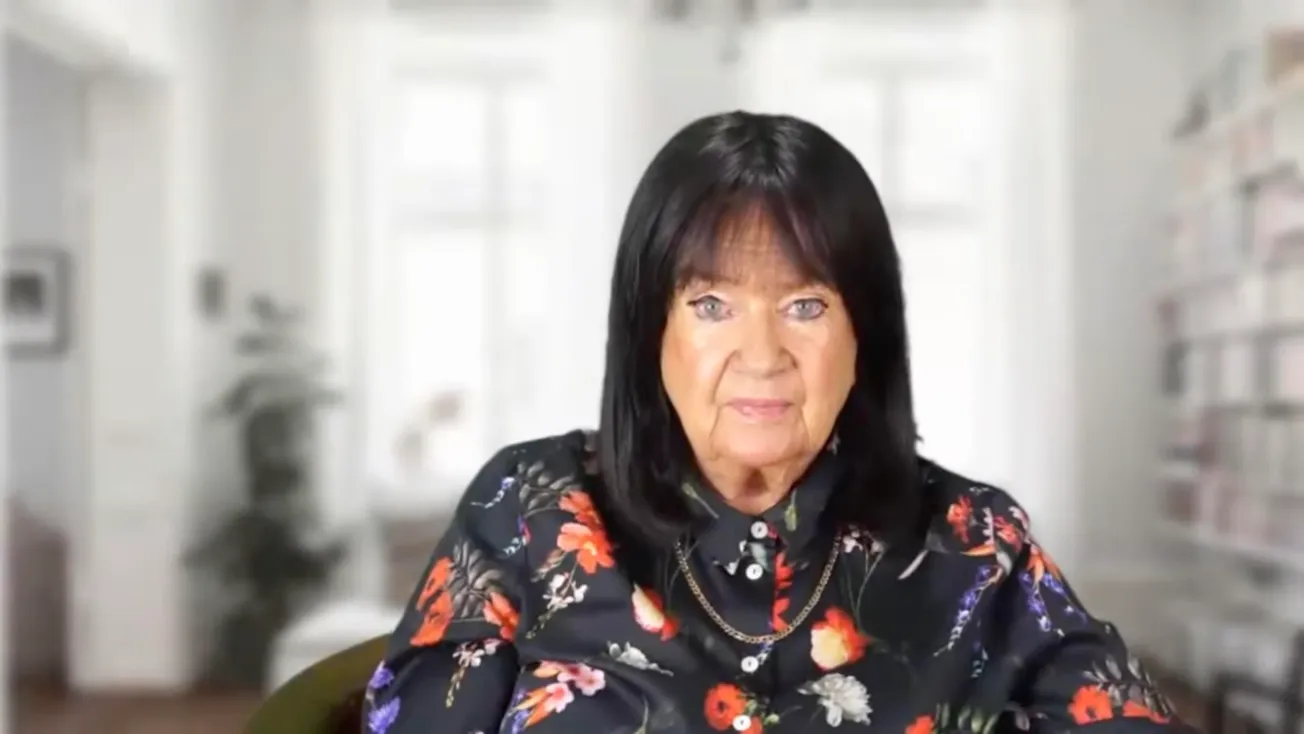Wars do not begin out of nowhere, as if manifested instantaneously by the firing of a bullet at the wrong target. Simplistic stories like this are only used as tools for swaying public opinion, such as in the case of the current absurd notion that the ongoing war in Gaza began on October 7, 2023. To the contrary, wars, and history generally, are part of a dynamic process which must be understood as a whole—at least if you would like to get out from under the slavish manipulations consciously being deployed against you.
In the case of Israel’s genocidal war in Gaza, history certainly started long before October 7, and much should and has been said about it. However, in addition to the ins and outs of the relations between Israelis and Palestinians over the past decades—as important as it is—there is a larger process within which it is occurring, and which is often overlooked by even the most well-meaning people involved. This is the historical legacy of the British imperial creation and manipulation of the region called the “Middle East,” shamelessly carved up as part of Britain’s Great Game over 100 years ago, and exploited for its large raw materials reserves up to and including today. This legacy and its ongoing realities in today’s Anglo-American unipolar order actually makes peace impossible, and war inevitable.
The recently released “Oasis Plan” video by The LaRouche Organization is a crucial tool in this regard. The video details the Oasis Plan proposal of Lyndon LaRouche, which outlines a plan for the infrastructural development of the region currently inhabited by both Israel and Palestine. Of particular concern is water and energy—primary elements which the region’s future will depend on, and which Palestine currently barely has.
The video offers a beautiful vision for how the region could become thriving and prosperous, not the least of which is because it sits at the proverbial “crossroads of civilization” between the continents of Europe, Africa, and Asia. This kind of transformative infrastructure and related economic development has been prohibited by today’s imperial architecture, and only by changing it can long-term peace be made possible. While not sufficient by itself, the Oasis Plan proposal will be a vital aspect for any functional Israel-Palestine peace treaty going forward.
Today, Southwest Asia stands on the brink of disaster. Israeli troops are positioning themselves for a full-scale invasion of Rafah, the one city in Gaza into which its displaced people have fled. There is little water, almost no food, and no shelter. Sanitation and health facilities have been all but eliminated by the Israelis, and who are now attempting to eliminate the main humanitarian aid organization, UNRWA. Prime Minister Netanyahu has vowed to go ahead, with only nominal opposition coming from the U.S. Administration. An initial volley of airstrikes were launched Friday night, Feb. 9.
If that action is allowed to proceed, it won’t just mean a tragedy for the people of Gaza, it will potentially mean a disaster for the world. Many countries throughout the region have already warned of the conflict escalating far beyond its current borders—like a powder keg waiting to explode. This is not just Palestine on the line; it is humanity on the line.
A rapid change must be brought to bear. Demonstrations are erupting globally against it, as more and more see the absurdity of making excuses in order to justify a genocide. An urgent ceasefire is required, to be followed by the convening of an international peace conference, and steps toward the implementation of a two-state solution for Palestine, as agreed upon by the United Nations in 1947.
However, to solve the underlying dynamic which brought us to this point today, and which is continuing to march the world toward a global war between superpowers, the LaRouche solution for peace through mutually-beneficial economic development must be put on the table. We must have the courage to think big.





